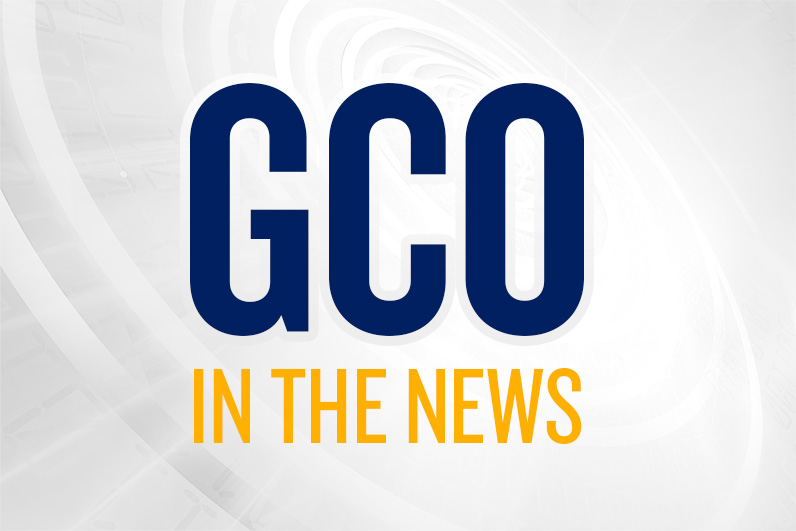
Poverty Agenda 2021 | 5 policy prescriptions to reduce poverty in Georgia
Poverty Agenda 2021 | 5 policy prescriptions to reduce poverty in Georgia
As the Georgia Legislature reconvenes next week, the Georgia Center for Opportunity (GCO) is calling on lawmakers to make poverty-fighting measures one of their top goals. Along these lines, GCO has released the following 5 recommendations to reduce poverty in Georgia and expand economic mobility:

Civil Asset Forfeiture
GCO produced a report (PDF download) examining Georgia’s civil asset forfeiture procedures. Civil asset forfeiture laws allow for an arrested person’s property to be seized, sold, and the proceeds used for law enforcement purposes, even if a person is not convicted of a crime. Our report makes several recommendations to improve transparency and accountability in this program. GCO will seek to have our recommendations passed into law.

Occupational Licensing
Following up on legislation passed last year benefiting spouses of our brave military personnel, GCO will support legislation to allow many other people who move to Georgia and hold an occupation license to immediately be granted a provisional license. This will allow these new Georgians to immediately go to work and support their families.

Criminal Justice Reform
GCO will support legislation that seeks to remove suspending the driver’s license of a person late on their child support payments. We approach this topic with sensitivity, knowing these payments are meant to support children, but losing a driver’s license impacts the debtor’s ability to work—and thus the ability to pay. There are better ways to hold people accountable for past due child support.

Education Scholarship Accounts
GCO has long supported empowering parents by creating Education Scholarship Accounts (ESAs). We will support such legislation again this year. ESAs take the state portions of a child’s education funds and allow parents to seek other educational pathways for their child. This is especially important in the time of COVID-19, where face-to-face instruction is limited but still extremely important to a child’s development.

Special Needs Scholarship Program
Last year, GCO championed legislation to fix a loophole in Georgia’s Special Needs Scholarship Program that has been keeping thousands of otherwise eligible children out of the program. The legislation passed the Georgia Senate, but was sidelined when the pandemic hit our state. We will work to see this legislation pass both Legislative Chambers and be signed successfully by Governor Kemp this year.
The GCO team will keep you updated throughout the session as we work on these priorities. Keep up with us on Facebook or Twitter for regular updates and be sure to join us for Get Buzz’d a live update on Facebook from our VP of Policy, Buzz Brockway. Buzz shares his insight into how policies will impact your everyday life.









